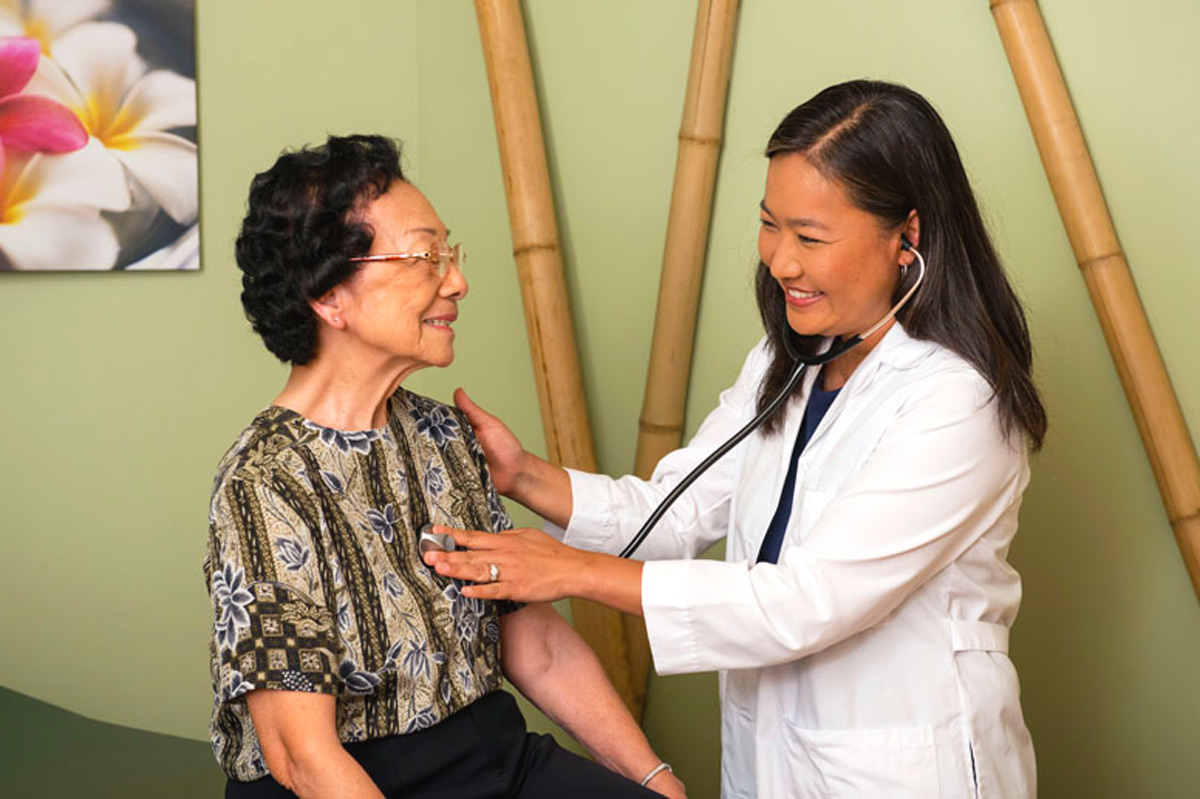Embark on the journey of discovering how to find a female primary care physician with this detailed guide. From researching to setting up appointments, this topic covers all aspects to help you make an informed decision.
Learn about the different steps involved in finding the right female primary care physician and how to establish a strong patient-physician relationship for better healthcare outcomes.
Researching Female Primary Care Physicians

When searching for a female primary care physician, utilizing online resources can be a helpful starting point. Here are some tips to consider:
Using Online Search Engines
- Begin by using search engines like Google to look for female primary care physicians in your specific location.
- Include s such as "female primary care physician" along with your city or zip code to narrow down the results.
- Review the websites of different healthcare providers to gather information about their female physicians and the services they offer.
Checking Medical Directories and Review Websites
- Explore medical directories like Healthgrades or Zocdoc, which allow you to search for female primary care physicians based on location, specialty, and patient reviews.
- Read reviews and ratings from other patients to get an idea of the quality of care provided by the female primary care physicians.
- Look for any awards or recognitions received by the physicians, which can indicate their expertise and dedication to patient care.
Utilizing Social Media Platforms
- Join local community groups or healthcare forums on platforms like Facebook or Reddit to ask for recommendations for female primary care physicians.
- Engage with other members who have had experiences with female primary care physicians to gather insights and feedback.
- Consider reaching out to your social network for personal recommendations and referrals to female primary care physicians they trust.
Evaluating Female Primary Care Physicians

When evaluating a female primary care physician, there are several important criteria to consider to ensure you find the right fit for your healthcare needs. It's essential to assess their qualifications, experience, specialties within primary care, board certifications, and affiliations with reputable medical institutions.
Qualifications and Experience
- Look for a female primary care physician who has completed medical school and a residency program in internal medicine, family medicine, or general practice.
- Consider the number of years the physician has been practicing, as experience often correlates with expertise in diagnosing and treating a wide range of health conditions.
- Check if the physician has any additional certifications or training in areas that are relevant to your specific health concerns.
Specialties within Primary Care
- Internal Medicine: Focuses on the prevention, diagnosis, and treatment of adult diseases.
- Family Medicine: Provides comprehensive healthcare for individuals of all ages, from infants to seniors.
- General Practice: Offers primary healthcare services to patients of all ages, often emphasizing preventive care and wellness.
Board Certifications and Affiliations
- Check if the female primary care physician is board-certified by organizations such as the American Board of Internal Medicine or the American Board of Family Medicine.
- Look for affiliations with reputable medical institutions, as this can indicate the physician's commitment to high standards of care and ongoing professional development.
- Consider any awards or recognitions the physician has received, as these can highlight their exceptional skills and dedication to patient care.
Setting Up an Appointment

When it comes to setting up an appointment with a female primary care physician, there are a few important steps to keep in mind to ensure a smooth process.
Contacting the Physician’s Office
- Begin by calling the physician's office or checking their website to inquire about appointment availability.
- Provide your basic information, such as name, contact details, and reason for the visit, to schedule a suitable appointment slot.
- Be prepared to potentially answer questions about your insurance coverage and any specific requirements needed for the appointment.
Verifying Insurance Coverage and Requirements
- Before confirming the appointment, make sure to verify with the physician's office that they accept your insurance plan.
- Ask about any co-pays, deductibles, or pre-authorization requirements to avoid unexpected costs.
- If there are specific forms or documents needed for the appointment, ensure you have them ready beforehand.
Preparing for the First Visit
- Compile a list of your medical history, current medications, allergies, and any past surgeries or treatments to share with the physician.
- Prepare a list of questions or concerns you want to discuss during the appointment to make the most of your time with the physician.
- Arrive early to complete any necessary paperwork and familiarize yourself with the office location to reduce any potential stress on the day of the appointment.
Building a Relationship with Your Female Primary Care Physician
Building a strong relationship with your female primary care physician is essential for receiving quality healthcare. Open communication and trust play a crucial role in fostering this relationship, as they allow for effective collaboration and understanding between you and your physician.
Significance of Open Communication and Trust
Effective communication with your female primary care physician ensures that you can openly discuss your health concerns, symptoms, and medical history. This transparency enables your physician to make informed decisions regarding your healthcare needs. Trust is equally important, as it creates a supportive environment where you feel comfortable sharing personal information and seeking guidance.
- Be honest and forthcoming about your symptoms, concerns, and lifestyle habits.
- Ask questions and seek clarification on any medical information provided by your physician.
- Update your physician on any changes in your health status or medications.
Effectively Communicating Concerns and Medical History
When communicating with your female primary care physician, it is essential to be clear and detailed about your concerns and medical history. Providing accurate information helps your physician make accurate diagnoses and develop personalized treatment plans.
- Prepare a list of questions or topics you want to discuss during your appointment.
- Keep a record of your symptoms, including when they started and any factors that worsen or alleviate them.
- Share any relevant family medical history that may impact your health.
Role of Regular Check-ups and Preventive Care
Regular check-ups and preventive care appointments are key components of maintaining a healthy relationship with your female primary care physician. These visits allow your physician to monitor your overall health, address any concerns early on, and provide guidance on preventive measures.
- Attend annual check-ups to assess your health status and address any emerging issues.
- Participate in recommended screenings and vaccinations to prevent diseases and promote wellness.
- Follow your physician's advice on lifestyle modifications and preventive measures to improve your overall health.
Summary
In conclusion, finding a female primary care physician involves thorough research, evaluation, and communication. By following the tips and steps Artikeld in this guide, you can ensure a positive healthcare experience and a lasting relationship with your physician.














